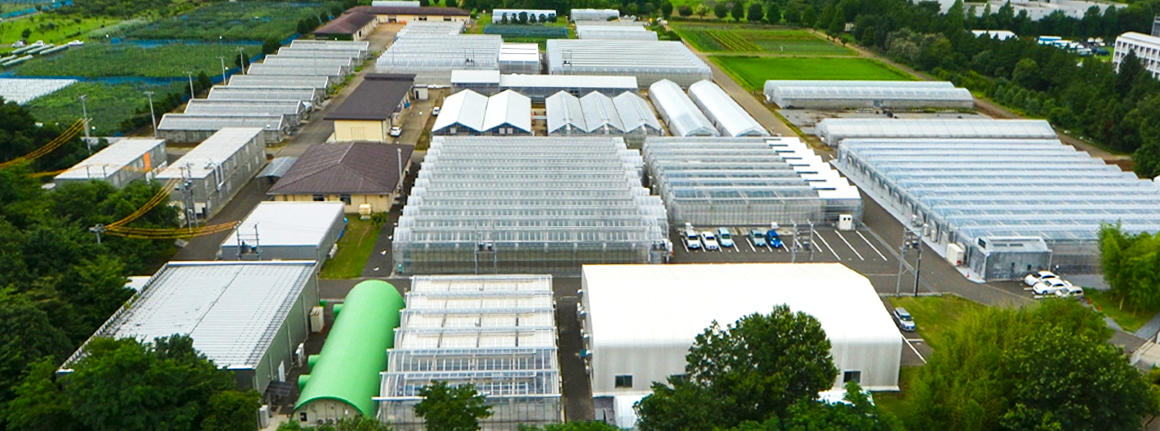INTRODUCING JAPANESE SWORDSMITH EXPERIENCE AND CHIBA UNIVERSITY'S PLANT FACTORY
INTRODUCING JAPANESE SWORDSMITH VISIT - LUXURY TOURS JAPAN / MIYAKO LAB CO., LTD
The swordsmith, who Luxury Tours Japan coordinates for you to visit, has won a number of
sword competitions over the years and is currently the best swordsmith in Japan. You will see
the real high quality of sword making with us.
When you visit his studio, he will explain about the material, called Tamahagane. Afterwards,
you will see the process of "forging," in which a piece of iron is thrown into a blazing flame and
beaten. You will also observe the process of sharpening the blade of the sword. He will show
you the blade made by him and explain the process to you.
To make a Japanese sword, or nihonto, one must have been apprenticed to a master
swordsmith for at least five years, passed a government training program and be officially
registered with the local government. Only such qualified artisans are able to legitimately craft
these beautiful objects today. Through this experience you’ll meet a master Japanese
swordsmith who has won several awards for his work. Watch as he uses a traditional clay
furnace to hand-forge the steel, repeatedly hammering and folding to strengthen the steel and
create its finely curved shape before tempering in water. Not only highly advanced technical
specialists, these craftsmen hold deep knowledge of the cultural symbolism and evolution of the
nihonto over its 1,000 years of history.
Japanese swords made by traditional methods are known for their attractive blades, with their
distinctive curved shape, beautiful patterns, and brightness of iron. The most valued Japanese
swords in history typically show not only the smith's exceptional skill, but also his grace. It is said
that there are only a few sword artists who can make swords worthy of being considered works
of art.
Please ask HANKYU TRAVEL DMC JAPAN for our unique experiences.

SUSTAINABLE TOURISM - CHIBA UNIVERSITY'S PLANT FACTORY
Hello
I'm Martín from Hankyu Travel DMC Japan. On this occasion I would like to share with you a new tourist attraction that is a little different from the usual attractions. It is a trend of sustainable tourism and is aligned with the Sustainable Development Goals (SDG). I mean no other than the Chiba University Plant Factory.
The world is at a crossroads, the effects of global warming threaten the existence of the human species. It has been established by experts in the field on numerous occasions that if humanity insists with the use of the same production methods used until now, it will be doomed to extinction.
In addition to the dilemma of global warming, Japan faces a precarious situation of food self-sufficiency that is expected to worsen in the following decades with the aging of its inhabitants and the consequent decline in the rural population.
With these challenges in mind, the Ministry of Agriculture, Forestry and Fisheries of Japan started a project in 2009 to demonstrate the effectiveness of plant factories (PF) in dealing with these problems. Plant factories are an intensive method of growing vegetables, but instead of being planted in the soil as is conventional, they are planted in water, sand or even air. These methods consume significantly less resources than traditional cultivation methods.
The Chiba University Plant Factory is part of this project and was inaugurated in 2011. From Chiba University they seek to demonstrate that plant factories are beneficial for both humanity and the environment. The goal is to get the most productivity with the least amount of energy and resources possible.
The Chiba University Plant Factory works with a system of 9 consortia, 6 for greenhouse tomato production with natural light and 3 for lettuce production in vertical systems with artificial light.
Each consortium seeks to increase productivity and reduce costs by experimenting with various methods and technologies. The consortia have designed their facilities and follow a thorough business plan.
They produce the same crops in order to generate cooperative competition. In doing so, they compete on a daily basis to identify the systems and methods that increase production at the lowest cost. They also share the scientific data obtained in a totally free way with the other consortia, in this way they are motivated to improve the efficiency of their own consortium.
The Chiba University Plant Factory is available for your visit in two different modalities. One that only includes the visit of the different greenhouses with a concise explanation of the systems and methods used in production. The other modality, in addition to including the visit to the greenhouses, includes an academic lecture explaining the details of these cultivation methods. The lecture is conducted by one of the university researchers in charge of the project.
